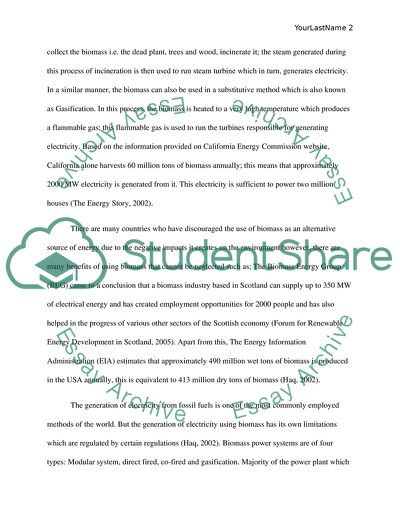Cite this document
(Biomass Utilization as an Alternative Energy Source Term Paper, n.d.)
Biomass Utilization as an Alternative Energy Source Term Paper. https://studentshare.org/environmental-studies/1871960-energy
Biomass Utilization as an Alternative Energy Source Term Paper. https://studentshare.org/environmental-studies/1871960-energy
(Biomass Utilization As an Alternative Energy Source Term Paper)
Biomass Utilization As an Alternative Energy Source Term Paper. https://studentshare.org/environmental-studies/1871960-energy.
Biomass Utilization As an Alternative Energy Source Term Paper. https://studentshare.org/environmental-studies/1871960-energy.
“Biomass Utilization As an Alternative Energy Source Term Paper”. https://studentshare.org/environmental-studies/1871960-energy.


